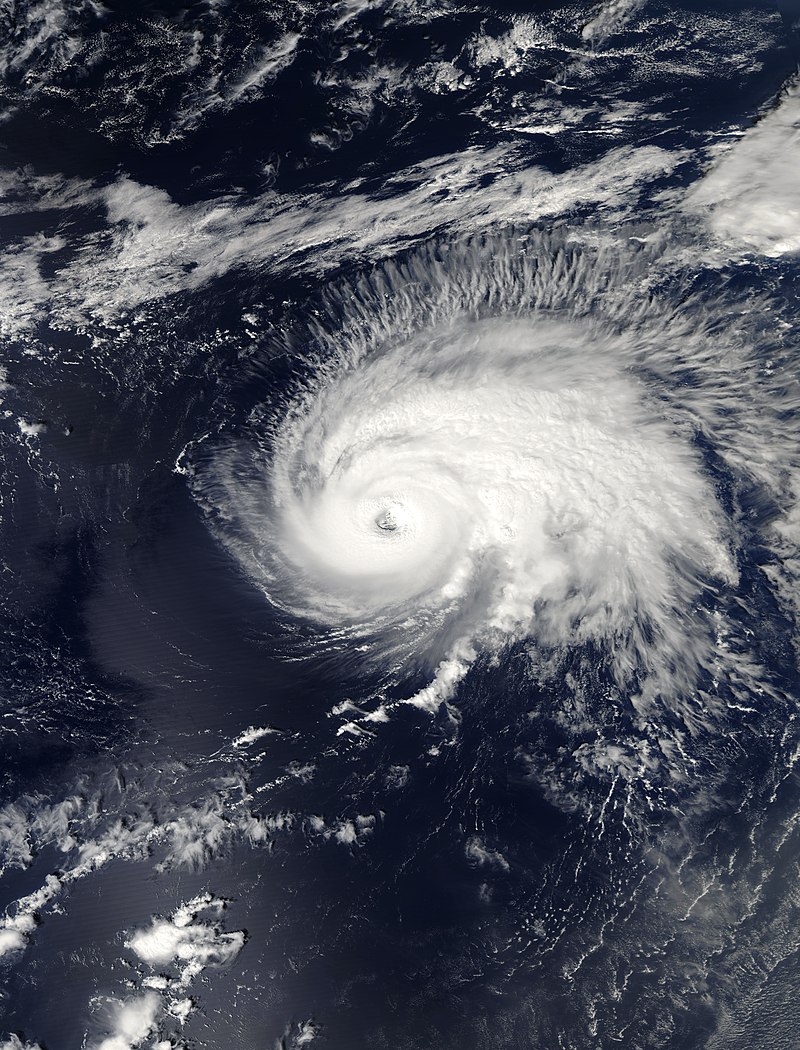This research article examines the unique characteristics and impacts of Hurricane Gordon during the 2006 Atlantic hurricane season. Notably, Gordon stands out as the first tropical cyclone since 1992 to affect the Azores while retaining its tropical characteristics. This study provides a comprehensive account of the storm’s development, intensity fluctuations, and its effects on various regions, including the Azores, Spain, Ireland, and the United Kingdom. By analyzing the damage caused and the response strategies employed, valuable insights are gained for future hurricane preparedness and mitigation efforts.
Introduction: Hurricane Gordon, the eighth tropical storm, third hurricane, and first major hurricane of the 2006 Atlantic hurricane season, formed on September 10 in the tropical Atlantic Ocean. Gradually intensifying as it tracked northward, Gordon reached its peak intensity on September 14, boasting winds of 195 km/h (121 mph) while located approximately 925 km (575 mi) southeast of Bermuda. The storm later weakened and underwent fluctuations in intensity before passing through the Azores on September 20, eventually transitioning into an extratropical cyclone and affecting Spain, Ireland, and the United Kingdom.
Impacts on the Azores: Despite the Azores being the only land area affected while Gordon was tropical, the islands sustained relatively little damage. However, hurricane-force wind gusts were recorded on Santa Maria Island, causing localized disruption and minor structural damage. Fortunately, there were no reported fatalities or significant injuries in the Azores during the tropical phase of Gordon. The storm’s impact became more significant during its extratropical phase.
Impacts on Spain: As Hurricane Gordon approached the Iberian Peninsula, it transformed into an extratropical cyclone, generating strong winds and heavy rainfall across Spain. Along the northwest coast, wind gusts reached an alarming 183 km/h (114 mph), leaving approximately 100,000 people without power. Though storm-related injuries were reported, no fatalities occurred in Spain. The economic cost of cleaning and rebuilding primarily focused on restoring power infrastructure and repairing minor property damage.
Impacts on Ireland and the United Kingdom: The extratropical remnants of Hurricane Gordon brought a surge of tropical air to Ireland and the United Kingdom, leading to record warm temperatures. While the storm did not make landfall in these regions, its effects were still felt. In Northern Ireland, high winds resulted in power outages affecting 120,000 individuals, and one injury was reported. However, no deaths were attributed directly to the storm. The economic cost mainly encompassed repairing power infrastructure and addressing minor damage to buildings.
Hurricane Preparedness and Mitigation: To better prepare for future hurricanes similar to Gordon, it is crucial for communities to implement effective preparedness measures. These include:
- Developing robust emergency response plans: Local authorities should establish well-coordinated emergency response plans that prioritize the safety of residents and the prompt restoration of essential services.
- Enhancing early warning systems: Strengthening meteorological monitoring systems, including satellite technology and storm tracking models, allows for timely and accurate predictions of hurricane paths and intensities.
- Public education and awareness: Communities should be educated about hurricane preparedness, evacuation procedures, and the importance of securing their homes and property. Awareness campaigns should be conducted to disseminate crucial information through multiple channels.
- Infrastructure resilience: Building codes should be updated to ensure structures can withstand high winds and heavy rainfall. Strengthening power grids and critical infrastructure can minimize the impact of future storms.
Interesting Fact: As a direct result of Hurricane Gordon, the record-breaking warm temperatures experienced in Ireland and the United Kingdom in the storm’s aftermath led to unique ecological responses. Flora and fauna typically associated with subtropical regions temporarily thrived in these areas, providing researchers with valuable insights into the adaptability and resilience of various species to shifting climatic conditions.
Conclusion: Hurricane Gordon’s impact on the Azores and its extratropical phase across Spain, Ireland, and the United Kingdom serve as important case studies for understanding the diverse effects of tropical cyclones. By analyzing the damage caused, the response strategies employed, and the economic costs incurred, valuable lessons are learned for improving hurricane preparedness and response efforts. Implementing comprehensive and proactive measures can ensure the safety of affected communities and reduce the long-term impact of future hurricanes.




Leave a Reply